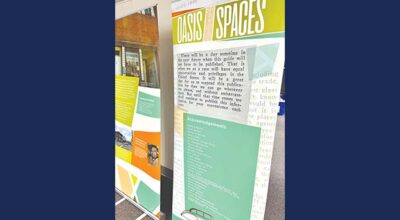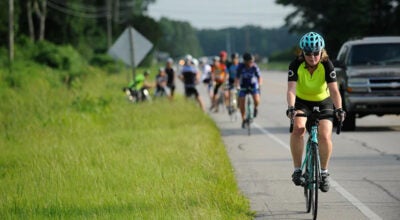Practice safe boating this Fall
Published 4:14 pm Wednesday, September 21, 2022
|
Getting your Trinity Audio player ready...
|
By Tom McCluskey
Although most people tend to associate boating with long summer days in and around the water, pulling towables, cruising and basking in the summer sun, autumn is my personal favorite season for boating. The air is crisp and clear: It’s quieter—with less congestion at launch ramps, marinas and around your favorite sandbar or anchorage. The leaves along the shoreline begin to show their colors. Waters, especially in bays or inland lakes are less roiled by heavier boat traffic. Migratory birds bless us with their annual passage south. Even the fishing picks up as various species load up on baitfish and begin their annual migrations. With less summer haze, the sunrises and sunsets in Eastern North Carolina are spectacular and the night skies offer better viewing of the Milky Way and passing satellites—especially just after dusk when the sun is best known to illuminate the reflective gold coatings on older model satellites. Blessedly, after all the summer heat and humidity, the feel of cool and crisp air on your face as you seemingly have the water to yourself is the ultimate escape into nature.
Fall boating however, is no time to forget your common safe boating habits. With fewer boaters on the water to respond to an emergency call, make sure your VHF radio is in good working order. As the days get shorter and the nights get longer, now is also a good time to check your nav lights and the expiration dates on your marine flares. Make a note to update your “local knowledge” as nav aids may have been relocated or pulled due to seasonality or shoaling. Some marinas and fuel docks may be open for shorter periods as the season and demand for fuel changes. Make sure you are fueled up before embarking on that day-long cruise.
Shorter days and cooler air and water temperatures bring back the risk of hyperthermia for boaters who fall overboard. Remember that children under 13 must wear a lifejacket aboard moving vessels—and it’s a good idea for adults to wear one too—especially at night. When boating after dark on shorter days, it’s a good idea to wear lifejackets with lights attached to assist any rescuers in locating you. Make sure to check and replace the batteries in your waterproof flashlights on board and bring an extra layer of clothing to don around dusk and dawn as our temperature ranges become more extreme.
So go on out and enjoy the magnificent beauty and peace and quiet that fall on our waters offers. Just do so safely!
This article is given the courtesy of your local America’s Boating Club of the Pamlico. Keep us in mind for your boating education and skill building that includes advanced courses as well as 2 – 4 hour seminars. To learn more about our boating courses, email our Education Officer at psps@gmail.com. We invite you to reference our website at https://pamlicosailandpowersquadron.org to learn more.





